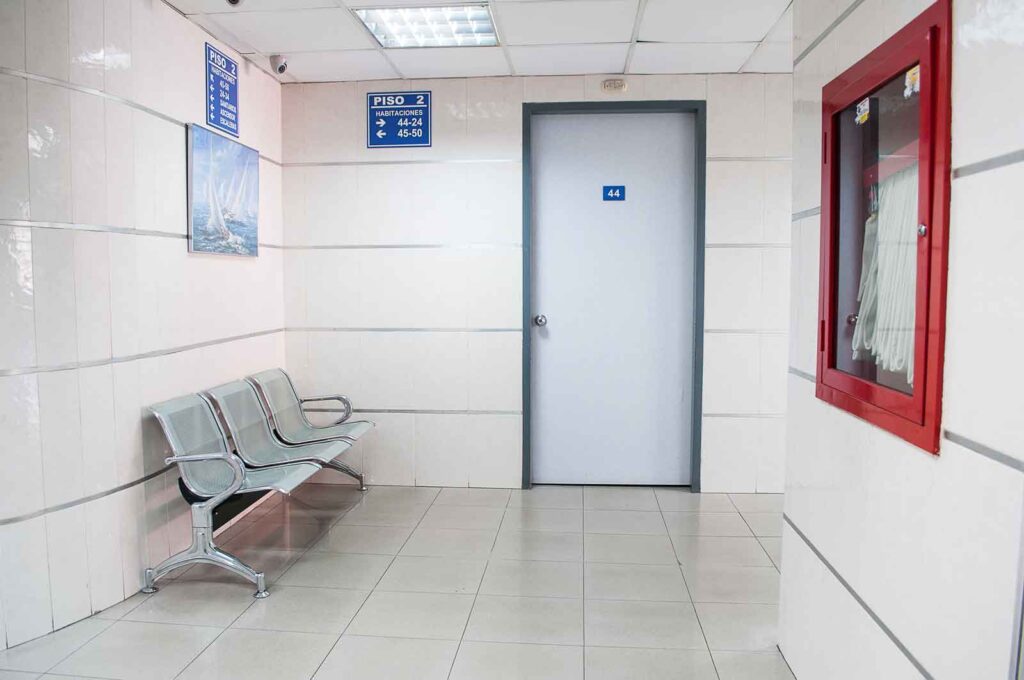

In order for Medicare to cover telemedicine services, certain conditions must be met. One of those conditions limits the locations in which a patient may receive care. As of now, if a patient would like to be seen by his or her provider through videoconferencing technology, the patient must travel to an eligible facility, often called an “originating site.” Unfortunately, these restrictions are difficult for some, and often fail to reduce the barrier to care for vulnerable populations, especially in rural areas.
New federal laws are moving in the right direction as far as reimbursement for telemedicine technology, and in the future, more patients might be able to receive healthcare from the comfort of their own home via real-time video. In fact, in 2018, a bill called the Mental Health Telemedicine Expansion Act was introduced that would expand coverage of telehealth and health technology for mental health services. The aim of the bill is to remove originating site restrictions to include a patient’s home as a coverable location.
This bill is just one example of the push to make telemedicine a standard mode of care delivery across healthcare. These moves are encouraging, as telemedicine could be instrumental in expanding access to care and reducing cost — but it’s important not to forget how this shift could affect the limited English proficient population and their access to critical interpreting services.
Nondiscrimination law and healthcare
Federal law requires covered entities (healthcare programs and activities that receive federal funds, like those that receive Medicare and Medicaid reimbursement) to provide language assistance to patients who need it. While this is nothing new — language access has been woven into nondiscrimination laws for decades (e.g., Title VI of the Civil Rights Act of 1964, Americans with Disabilities Act, etc.) — recently adopted regulations like Section 1557 of the Affordable Care Act (ACA) further extend legal rights to limited English proficient and hearing-impaired patients to receive “meaningful access” to care.
Some hospital systems are struggling to comply with these new, stronger laws. In December 2015, Song Xie suffered a stroke a week after being released from a Texas hospital. His discharge instructions were written in English, a language his son, who was providing his aftercare, could not read. Song Xie sued the hospital, citing that they were in violation of Section 1557 of the ACA by not providing him with translated discharge instructions.
Resource: Lack of Discharge Translation Sparks Lawsuit
Noncompliance isn’t the answer
Song Xie’s lawsuit could be the first of many. One report found that more than 30% of U.S. hospitals don’t offer language services to their patients. This percentage is surprising, especially considering the ease with which language resources can be accessed today (i.e., over the telephone). It’s well-documented that providing a qualified interpreter helps reduce readmission rates, enhances patient adherence, and achieves a higher patient satisfaction rate.
If a third of all hospitals are not in compliance now with current language access laws, it’s unclear how diligently they’ll establish and maintain compliance during remote care provision when federal programs like Medicare and Medicaid relax regulations to allow for reimbursement for telemedicine video conferencing in different locations of care.
Resource: Choosing a Video Remote Interpreting Solution: 4 Things to Look For
For telemedicine, it’s time to think ahead
Fortunately, healthcare systems have options to ensure they’re always in compliance with nondiscrimination laws, no matter where their patients are seen. In addition to telephone and on-site interpretation services, video remote interpreting (VRI) is a viable addition to any language access program. To go one step further, there are VRI solutions like CLI’s that are built on a telemedicine platform, which means providers can see a patient remotely in real time while simultaneously pulling in a remote interpreter as needed from the same interface.
Widespread telemedicine adoption is coming, and it’s important that organizations think through what platforms will help them uphold compliance and best support all patients, no matter what language they speak. Forward-thinking healthcare systems have increasingly embraced technology as a valuable tool in care delivery. And the good news is they don’t have to venture into the complexities of telemedicine alone — the right partner will provide ample guidance and support along the way.
Interested in a demo of our hybrid VRI/telemedicine solution? Contact us — we’d love to hear from you!





